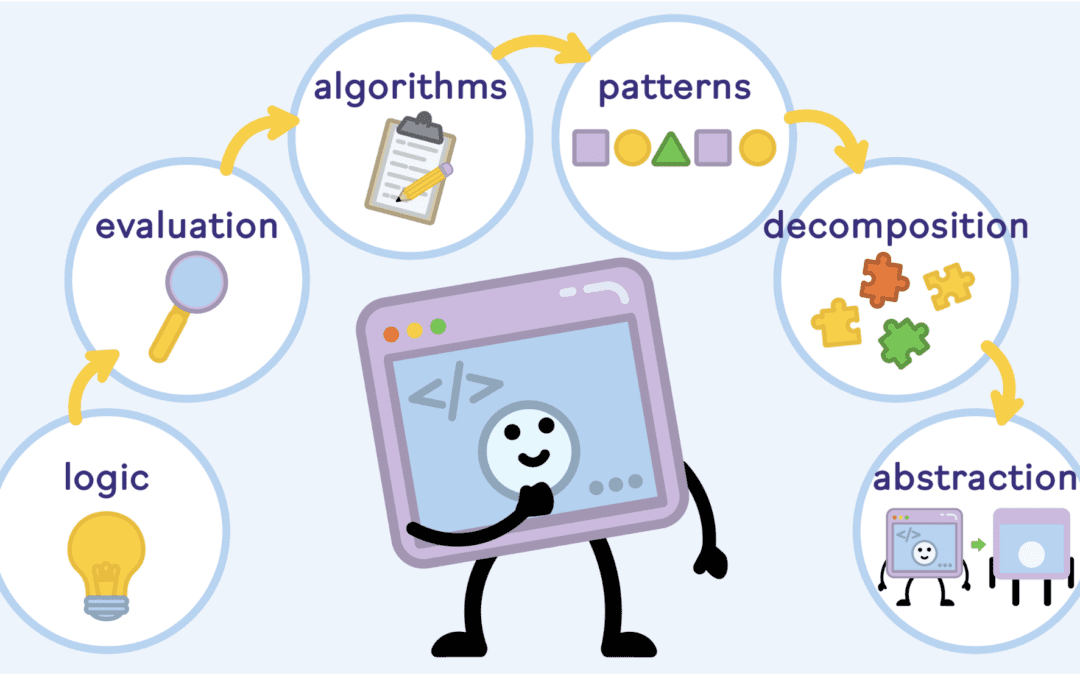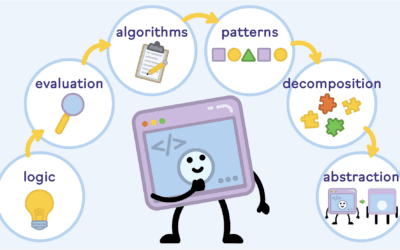
One of the biggest challenges middle school educators face is creating a high-quality STEM curriculum, especially during distance learning. While STEM is the driving force behind many aspects of modern life, including technology and medicine, many instructors struggle to get kids interested.
Luckily, we’ve learned a lot about how to keep students engaged in STEM in the past few decades. When you use these strategies to improve your middle school curriculum, you will see the difference right away.
What Is a STEM Curriculum?
STEM stands for science, technology, engineering, and math. While U.S. schools have taught basic math and science for many decades, many do not provide students with opportunities to learn about other STEM areas or connect lessons to real-world problems.
Where a traditional curriculum is limited to isolated math and science lessons, a true STEM curriculum is interdisciplinary and hands-on. The curriculum helps students to connect what they learn in different classes and explore engineering, technology, and medical applications. Students are encouraged to explore their world around them as they think outside the box to solve problems or create something new.
Why Is STEM Important in Middle School?
STEM education is essential in the 21st century because it develops core skills that students will use throughout their lives. Because the coursework includes so much project work and real-life applications, a high-quality STEM education produces strong critical thinkers, team workers, and problem solvers.
STEM education also prepares students for many of the occupations that are key to a sturdier 21st-century economy, especially in our post-pandemic era. Software developers, medical professionals, industrial machinery mechanics, computer support specialists, electricians, cybersecurity analysts, and dozens of other in-demand workers need extensive STEM knowledge and problem-solving skills. To prepare for these jobs, students need a strong foundation in middle school so they can excel in the next stages of their education and the future workforce.
It’s also worth noting that the pre-teen and teenage years are a time when many students are figuring out their strengths and interests. To do that effectively, students need exposure to many different topics and activities, especially those that intersect with real-world issues.
What Should a STEM Program Include in Middle School?
STEM courses for middle school let students explore science, math, tech, and even engineering topics in depth. Students learn challenging concepts in both core and elective courses. Common STEM courses for middle schools include intermediate math, introductory life sciences, computational thinking, digital literacy, coding, and more.
A robust middle school STEM program should include many different topics and approaches:
- A strong math and science foundation. Math and science are only two parts of STEM, but they form the foundation for almost every other STEM field. Your students need solid training in mathematics, the scientific method, and basic scientific knowledge to succeed.
- Engineering projects. Engineering is a core component of STEM. The ideal middle school STEM curriculum will introduce students to engineering problems and include projects that teach students about engineering design. While you don’t need to require everyone to take an engineering elective, it is a good idea to build engineering projects into your school’s math and science courses.
- Technology coursework and usage. By the time students graduate from middle school, they should be familiar with standard digital collaboration and productivity tools such as the Google Suite and Microsoft Office. Ideally, middle school students should also have opportunities to try coding, web design, or robotics.
- Digital citizenship. Students need to know how to protect their personal information, avoid plagiarism, and comport themselves respectfully in online settings.
- Interactive lessons. STEM is all about gaining and using knowledge to solve problems, so your school’s middle school STEM curriculum should include extensive opportunities for students to interact with the subject matter.
- Real-world applications. Many students do not discover their passion for STEM until they see how the concepts and knowledge can help them make a difference in the outside world. Including real problems and activities makes students more prepared for the rest of their life and sparks a long-lasting interest that could lead to future innovation.
- Accessibility. STEM lessons and projects should be accessible to all students, including students with disabilities, ELL students, and students from less advantaged backgrounds.
- Online and hybrid learning options. Students and teachers should be able to connect online from anywhere, especially during a pandemic. Even if your school has reopened, your students should be able to keep going where they left off if they are sent home. Having online learning options can also improve accessibility for students with certain types of disabilities.
How do I create a strong middle school STEM curriculum?
Developing a high-quality STEM curriculum is never easy, but that doesn’t mean it’s impossible. You can use the following steps and tips to build a stellar middle school STEM curriculum, regardless of whether you are starting from scratch or looking to revamp your current coursework.
1. Start with Strong Foundations
STEM begins with a solid background in math and science. You can’t do engineering without math or forensic work without scientific knowledge. If your students are not meeting learning benchmarks in these subjects, your school may need to focus more attention here.
2. Review Your Teaching Approach
Research shows that interactive, hands-on, and multisensory teaching approaches are more effective than lectures or reading. If you can, try to incorporate more hands-on lab work, games, engineering projects, science videos, and group discussions to help your students learn.
3. Add Real-World Problems and Activities to the Curriculum
Students are more engaged when they understand how they can use what they learn in the real world. For that reason, it’s important to use practice problems and group projects that simulate (or actually are!) real-world activities. Applied math problems, forensics-style science experiments, and discussions of how course material intersects with global issues such as pandemics and climate change can all help with this.
4. Make Time to Teach Tech Skills
Technology is both a core component of STEM and a vital part of numerous jobs and activities. In 2021, all middle school students need to know how to type efficiently, operate a computer, keep themselves safe online, and use digital productivity and collaboration tools. These tech skills are even more essential during a pandemic when students may need to learn from home or switch between in-person and distance learning at a moment’s notice.
5. Use Ed Tech Curriculum Supplements
If everything we’ve discussed above sounds overwhelming, don’t be afraid. In 2021, there are plenty of curriculum supplements out there that can help you create a stellar STEM curriculum with or without a lot of time or a strong background in the field.
Yeti Academy is a great curriculum tool to help you supplement your existing STEM curriculum. This digital program includes a variety of modules that teach coding, introductory biology, digital citizenship, computational thinking, and other subjects to your middle school students using ISTE standards. Each module is designed by a highly qualified curriculum designer and comes with all of the resources a teacher needs, including lesson plans, slideshows, activities, tests, and more.
Since Yeti is web-based and allows teachers and students to connect inside the app, it’s the perfect curriculum add-on to use during the uncertainty of a pandemic. Your students can learn in a traditional classroom or from home with ease.
Sign up to try Yeti for free today!








